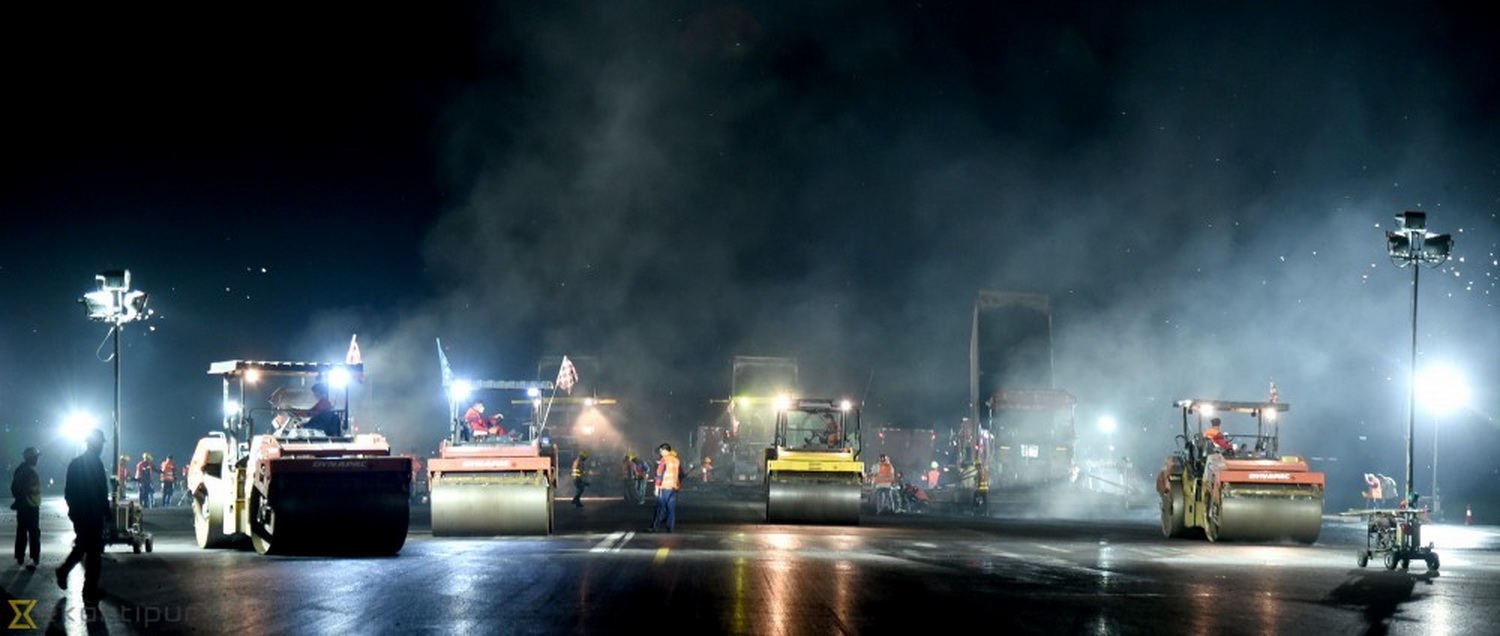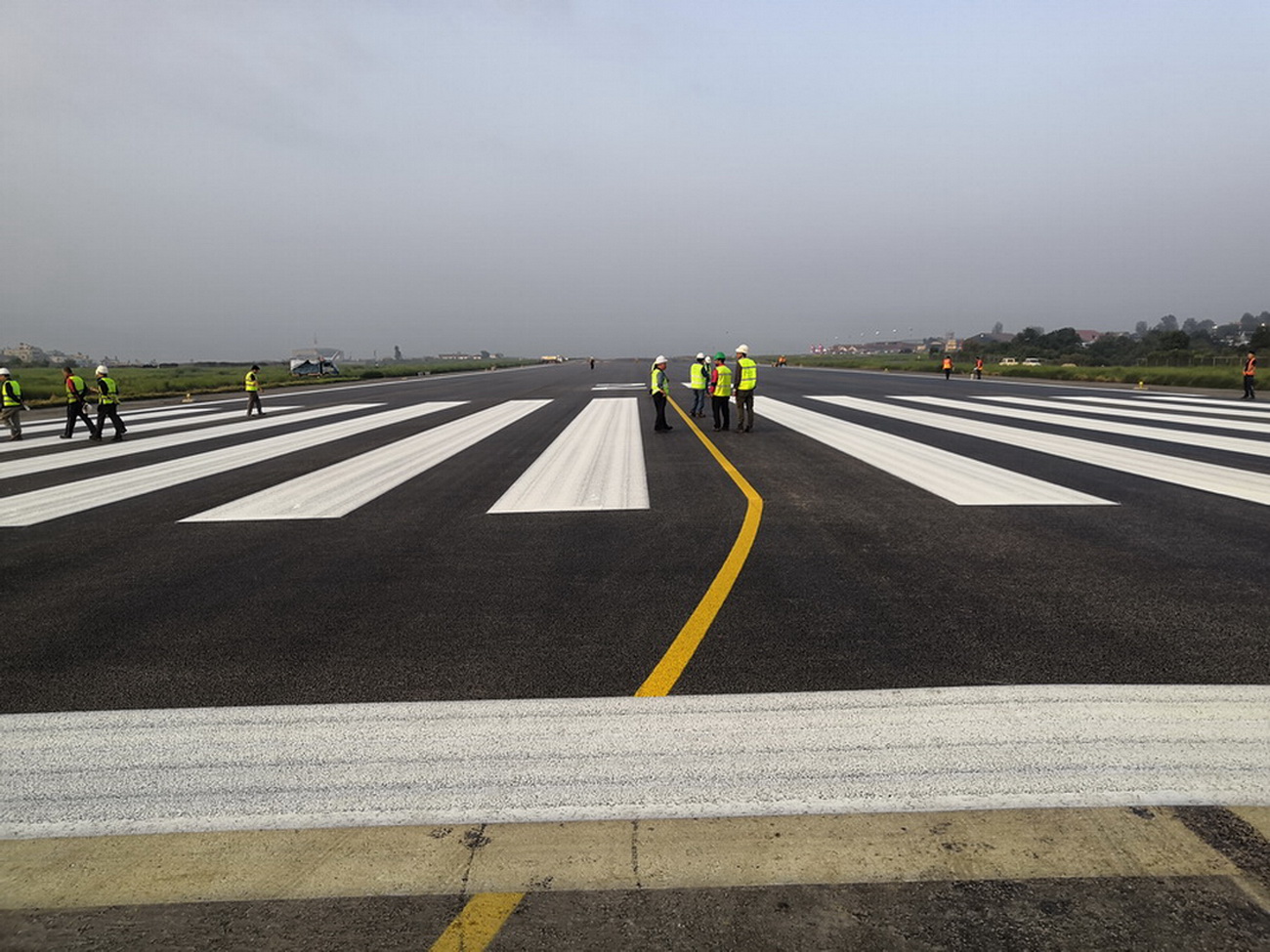
According to the general manager of TIA Rai Kumar Chettri, considering that the rainy season is in progress, the airport will remain open for 21 hours daily for two months.
The airport had to be closed for 10 hours daily to allow construction crews to work on the runway. The 3,050-metre-long runway has now been refurbished and covered with a new layer of asphalt.

According to the airport authority, as the sole international airport in Nepal, the second phase of the project will be started from Sep. 1st to Dec 31st, which includes renovating the taxiway, and the airport will be closed for 8 hours daily--from 11:30 pm to 7:30 am next day.
And the renovation of the taxiway has also been planned for autumn, which is Nepal’s main tourism season.
According to the general manager of the airport Chettri, an 800-metre section at runway 02, or the Koteshwor side, is left to be rehabilitated. “If it doesn't rain, the work will be finished in three days,” he said. This is the most critical section of the runway due to its single approach system. Most of the cracks have been witnessed in this section due to the landing of heavy jets.
The runway and taxiway of Tribhuvan International Airport is being renovated in a Rs3.78-billion project. China’s state-owned enterprise China National Aero Technology International Engineering Corporation has received the rehabilitation contract.
Congestion has been a longstanding issue at Tribhuvan International Airport which handled 7.19 million passengers last year. There were a total of 129,511 flights over the Nepali skies, 74 percent of them domestic flights.
Airport authorities moved to improve the runway due to extreme pressure following frequent cracks in the pavement that raised safety concerns. For the last seven years, aircraft weighing more than 196 tonnes have been barred from the airport to prevent further damage to the runway. The old runway has been affecting smooth operation of aircraft due to repeated occurrences of cracks in the pavement.
While cracks and uneven surfaces can make take-offs and landings dangerous, airline officials said they had been facing hours-long delays almost every day during the rainy season, frustrating travelers and causing financial distress among airlines. Scores of flights have been diverted or delayed in recent years due to problems in the runway. Trouble mainly occurs during the rainy season. During the last monsoon, the runway developed cracks more than 30 times, according to the airlines.
A study conducted by the Civil Aviation Authority of Nepal in 2014 concluded that the runway at the country’s sole international airport was not strong enough to handle wide-body jets due to its ageing asphalt foundation, and distress is caused to the upper surface instantly when heavy planes land on it. Repeated occurrences of cracks on the runway have been affecting smooth operation of aircraft since 2011.
Compared to the core part of the runway between 2006 and 2013, damage to the intermediate layers was caused by the operation of large jets like the Airbus A330 and Boeing 777, according to the country’s aviation regulator body. In 2013, there were 1,000 operations of A330-300 aircraft, 955 of Boeing 777 and 452 of A330-200, and the numbers are expected to double in the next 20 years.
Cracks first appeared on the runway in June 2011, and they have become a recurrent problem. Cracks were reported occasionally in 2012. The problem worsened in 2013, forcing the regulator, the Civil Aviation Authority of Nepal, to take a harsh decision to declare the airport out of bounds to aircraft weighing more than 196 tonnes.